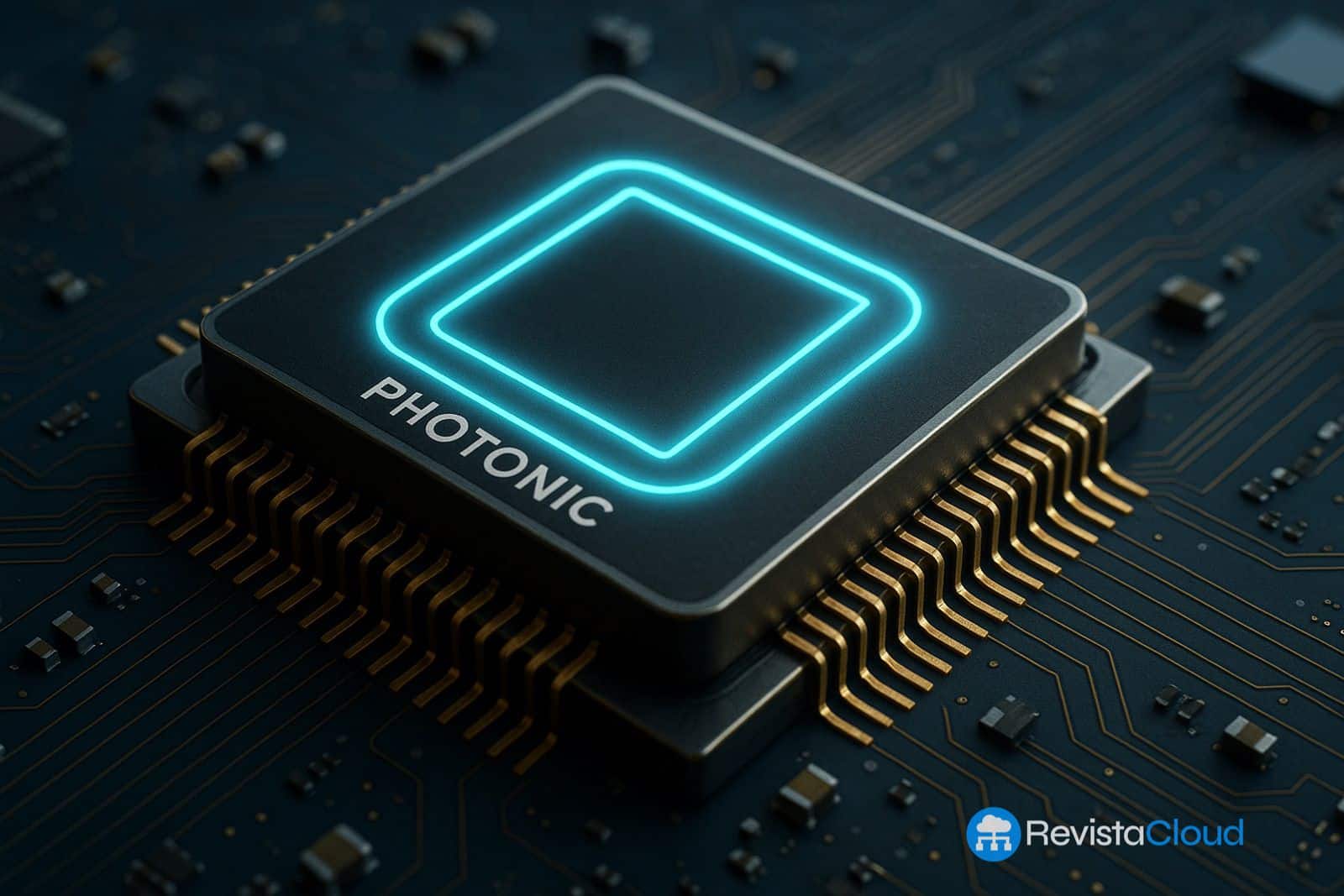Two recent advancements demonstrate that processors using light instead of electricity are ready to compete with traditional electronic architectures in AI tasks.
The tech industry faces a growing challenge: the physical limitations of traditional electronic chips are hindering progress in areas such as artificial intelligence (AI). The accumulation of heat, electrical resistance, and the stagnation of Moore’s Law have led to the search for more efficient alternatives. In this context, photonic chips, which process data using light instead of electricity, are emerging as a promising solution.
Recently, two studies published in the journal Nature presented significant advancements in this field, showing that photonic chips can compete with electronic processors in complex AI tasks.
Lightintelligence and the PACE Processor
The Singaporean company Lightintelligence has developed the Photonic Arithmetic Computing Engine (PACE), a processor that integrates over 16,000 photonic and electronic components. This chip is capable of performing matrix multiplication and accumulation (MAC) operations with a latency of just 3 nanoseconds per cycle, operating at a frequency of 1 GHz.
PACE has proven to be particularly effective in solving complex optimization problems, such as Ising models, achieving a latency improvement of up to 500 times compared to current commercial GPUs.
Lightmatter and the Execution of Advanced AI Models
On the other hand, the American company Lightmatter has presented a photonic processor capable of executing advanced AI models, such as ResNet and BERT, with accuracy comparable to that of traditional electronic processors. This chip, which combines photonic and electronic components in a 3D module, can perform up to 65.5 trillion operations per second in 16-bit ABFP format, consuming only 78 watts of electrical power and 1.6 watts of optical power.
Moreover, Lightmatter’s processor is compatible with popular AI frameworks like PyTorch and TensorFlow, making its integration into existing systems easier.
Implications and Future of Photonic Computing
These advancements indicate that photonic computing is not only viable but also offers significant advantages in terms of speed and energy efficiency. By using light to process data, these chips avoid issues such as electrical resistance and excessive heat generation, allowing them to operate at higher speeds and with lower energy consumption.
Although challenges remain, such as integration with existing electronic infrastructures and production scalability, the results obtained by Lightintelligence and Lightmatter suggest that photonic computing could play a crucial role in the future of AI and other high-performance applications.
With the continuous growth in demand for efficient processing and the need to overcome the limitations of current technology, light could be the key to a new era in computing.

